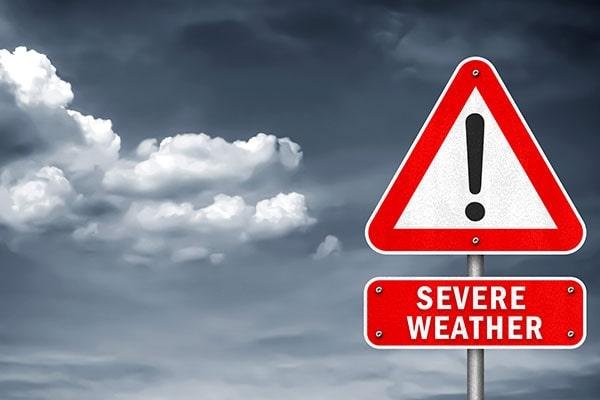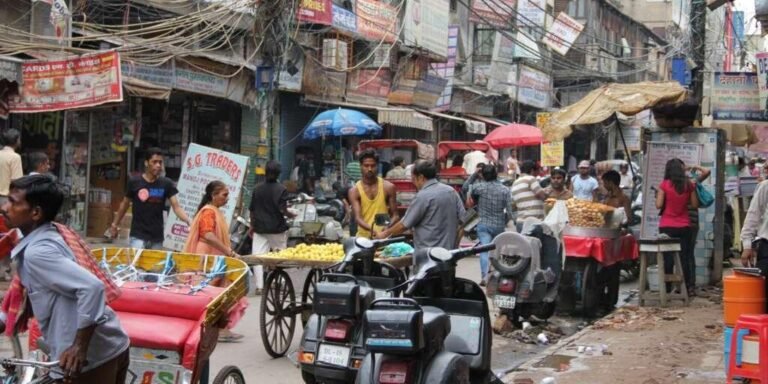delhi, the vibrant capital of India, is a city that captivates visitors with its rich history, diverse culture, and culinary delights. However, certain times of the year present important challenges for travelers, transforming what could be an enjoyable experience into a struggle against the elements and overwhelming crowds. Understanding the worst times to visit Delhi is essential for anyone looking to make the most of their journey. From the sweltering heat of summer to the frigid winter months,each season presents its own unique difficulties,compounded by factors like pollution and festive crowds. In this article, we will explore the distinct challenges faced by travelers during these less-than-ideal times, providing insight into why certain periods may be best avoided. By shedding light on these issues, we hope to empower future visitors to Delhi with the knowledge necessary to navigate the city more comfortably and make informed travel decisions. Whether you’re planning a sightseeing spree or hoping to immerse yourself in local culture, understanding the timing of your visit can significantly enhance your experience in this dynamic metropolis.
Understanding the Weather and Air Quality Issues in Delhis Off-Peak Seasons
The off-peak seasons in Delhi, primarily influenced by the intense summer heat and the frigid winter months, present unique challenges that affect both weather and air quality. During these times, you may encounter soaring temperatures in the mid-40s Celsius (around 113°F) from April to June, leading to a dry and uncomfortable atmosphere. Conversely, the winter months from December to February can see temperatures plummeting to single digits at night. This extreme variation results in elevated air pollution levels, especially during the winter, when temperature inversions trap pollutants close to the ground. The city’s notorious smog, exacerbated by crop burning in surrounding areas, seriously affects visibility and respiratory health. Travelers during these seasons should be aware of the following key issues:
- High Humidity: Some off-peak months see increased humidity levels, making the heat feel more oppressive.
- PM2.5 Levels: Hazardous particulate matter can reach levels significantly above safe limits, affecting those with preexisting health conditions.
- Travel Disruptions: Weather conditions can often lead to delays and cancellations in public transport, making your journey more unpredictable.
- Skin and Health Concerns: Frequent exposure to extreme temperatures and poor air quality can cause skin irritation and various health issues.
Understanding these challenges is crucial for anyone considering a visit during these off-peak months. here is a brief overview of the seasonal weather trends and their impact on air quality:
| Season | Average Temperature (°C) | Air Quality Index (AQI) | Travel Tips |
|---|---|---|---|
| Summer (April - June) | 30 – 45 | Moderate to Unhealthy | Stay hydrated; avoid outdoor activities from noon to 4 PM. |
| Winter (December – february) | 5 – 25 | unhealthy to Vrey Unhealthy | Wear masks; limit time spent outside during smog alerts. |
Being informed about these seasonal nuances allows travelers to make better decisions, ensuring safety and comfort in exploring the vibrant yet challenging landscape of Delhi. Experiences may vary, but with proper precautions, even the off-peak seasons can offer a unique glimpse into the city’s dynamic character.
while Delhi offers rich experiences and vibrant culture, it’s essential to recognize the challenges that certain times of the year can pose. From extreme weather conditions to overcrowded tourist spots, being aware of these factors can help you plan a more enjoyable visit. By understanding the worst times to visit,you can make informed decisions that enhance your travel experience. Remember, it’s not just about the destination, but also how you navigate the journey. We hope this guide empowers you to explore Delhi’s wonders at the right time and with greater ease. Happy travels!
